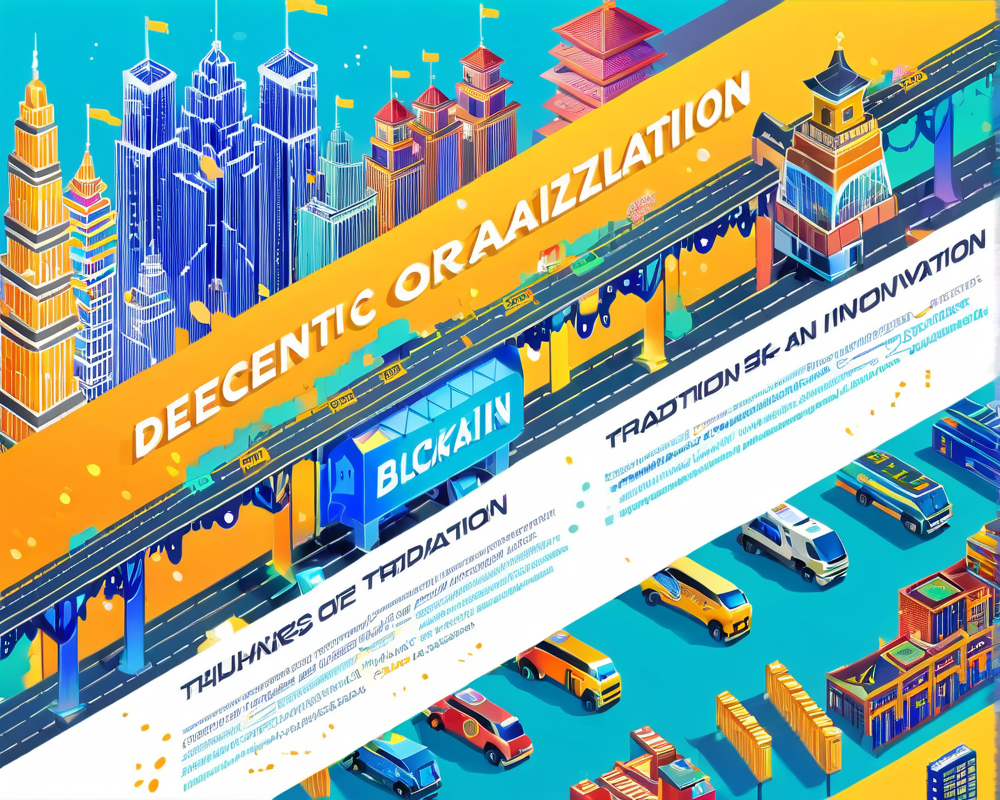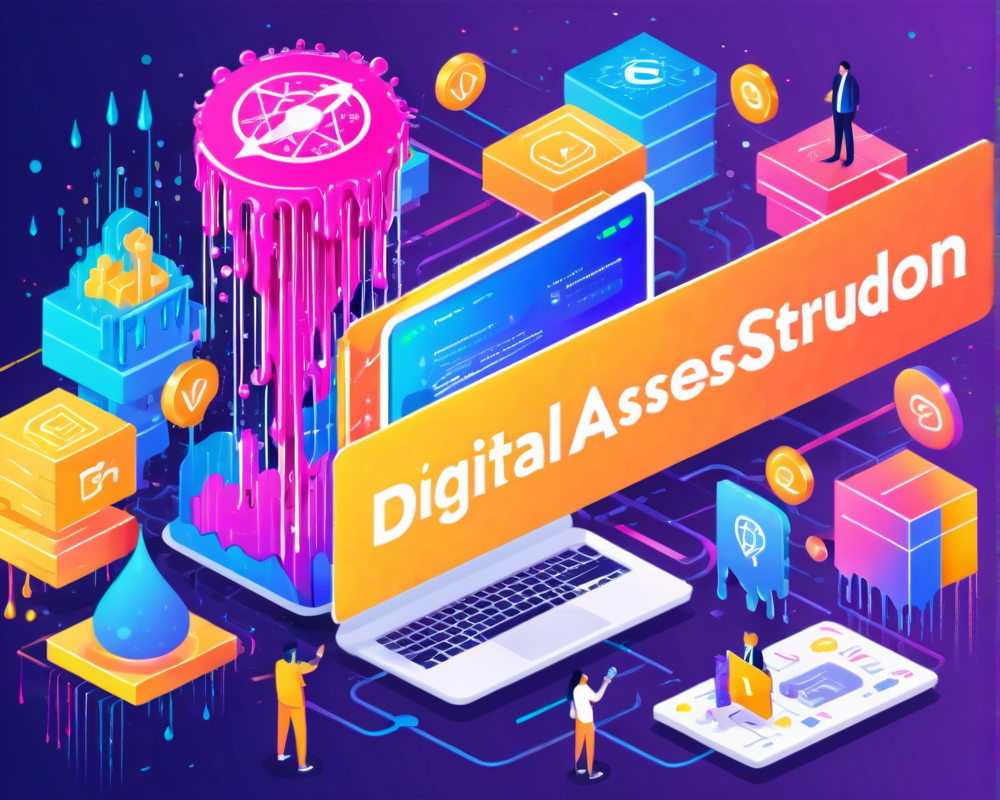Blockchain’s Wild Ride: Disruption in Action
Blockchain technology is shaking things up like a snow globe at a rock concert. It’s changing how we interact, do business, and swipe right on data! With experts claiming that this will be the most disruptive technology of the coming decade, the age of decentralization is upon us—imagine industries dodging the shackles of central authority while strutting down the street with transparency, efficiency, and a hint of rebellion.
From Centralized Monoliths to Decentralized Dynamos
In the realm of traditional business, centralization has been the norm, much like having an entire pizza to yourself (hey, don’t judge!). But the decentralized finance (DeFi) revolution is here, suggesting we share that pizza and let everyone have a slice through democratic governance. This shift symbolizes a yearning for control—especially when it comes to our hard-earned cash.
Data Oracles: The Unsung Heroes of Decentralization
Imagine data oracles as the friendly guides at a complex theme park, helping you navigate through the ups and downs of the blockchain world. These solutions connect decentralized applications (DApps) to trusted real-world data, ensuring transactions run smoothly. However, relying on third parties for information is like trusting a squirrel to guard your nuts—sometimes it just doesn’t work out. A mistake in data could lead to chaos; we’re talking misplaced funds and unwanted surprises on a rollercoaster of risk!
Creating Trust in the Trustless World
The blockchain plays by the ‘trustless’ rulebook, meaning no overseer is keeping tabs on transactions or contracts. This absence of authority can feel a bit like going on a blind date in a foreign country—adventurous but with a hint of anxiety. With hacks and security breaches lurking around every corner, ensuring that we construct a reliable DApp landscape is crucial, possibly with data oracles dressed as superheroes swooping in to save the day.
Bridging the Gap: Web 2.0 Meets Web 3.0
As we transition toward a decentralized future, the path from Web 2.0 to Web 3.0 resembles a complex dance routine—just when you think you’ve got the moves, the rhythm changes! Traditional enterprises aren’t necessarily ready to slide into this new age without a little nudging. They need guidance—and yep, that’s where those nifty data oracles come gallivanting in, ready to lend a hand. It’s all about collaboration and making sure everyone is dancing to the same beat.
Why Traditional Enterprises Should Dive In
Look, if you’re a traditional company, it’s time to jump on this blockchain party train. Real-time data is in high demand, and businesses that produce it can cash in by connecting with decentralized applications via data oracles. It’s like finding yourself at the club where everyone’s dancing, and you suddenly realize, “Wait, I can join in and have fun!” Plus, the more enterprises that enter this space, the more secure and trustworthy the entire system becomes—an all-around win-win.
Conclusion: The Dawn of a Decentralized Era
We’re already witnessing big players dip their toes into decentralized technologies, and it’s about time. Attention to usability and community education will play pivotal roles in ushering in the next wave of DeFi. Just think, we’re at the start of an exciting revolution. So let’s embrace decentralization—after all, the future looks bright, and there’s plenty of room for growth in this untamed frontier!
This article does not contain investment advice or recommendations. Every investment and trading move involves risk, and readers should conduct their own research when making a decision.
The views, thoughts, and opinions expressed here are the author’s alone and do not necessarily reflect or represent the views and opinions of any platform.
—Kevin Lu, the head of business development and growth at Band Protocol.



